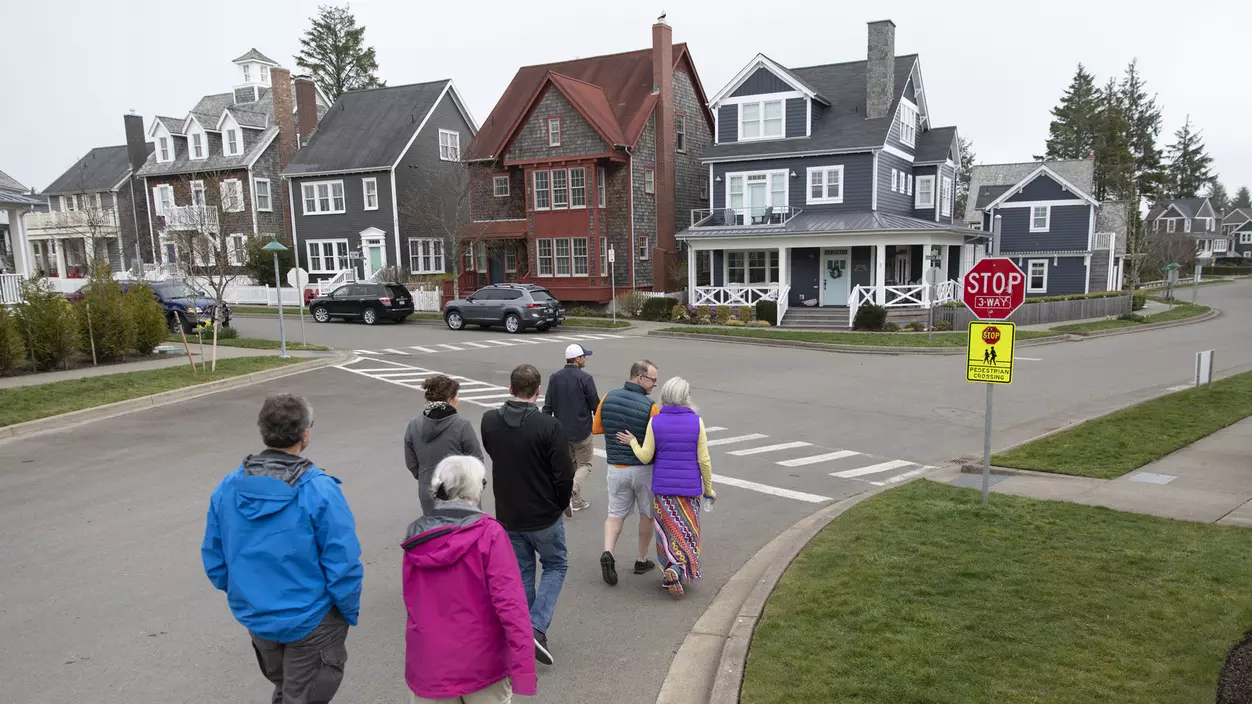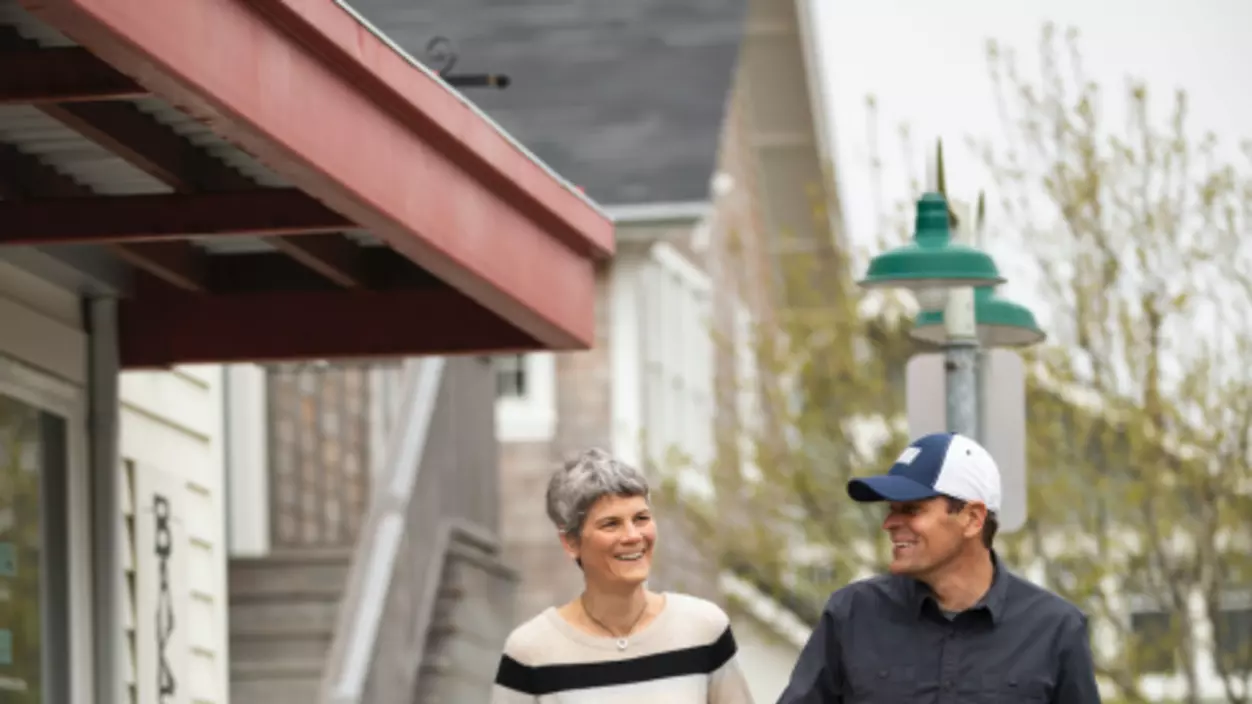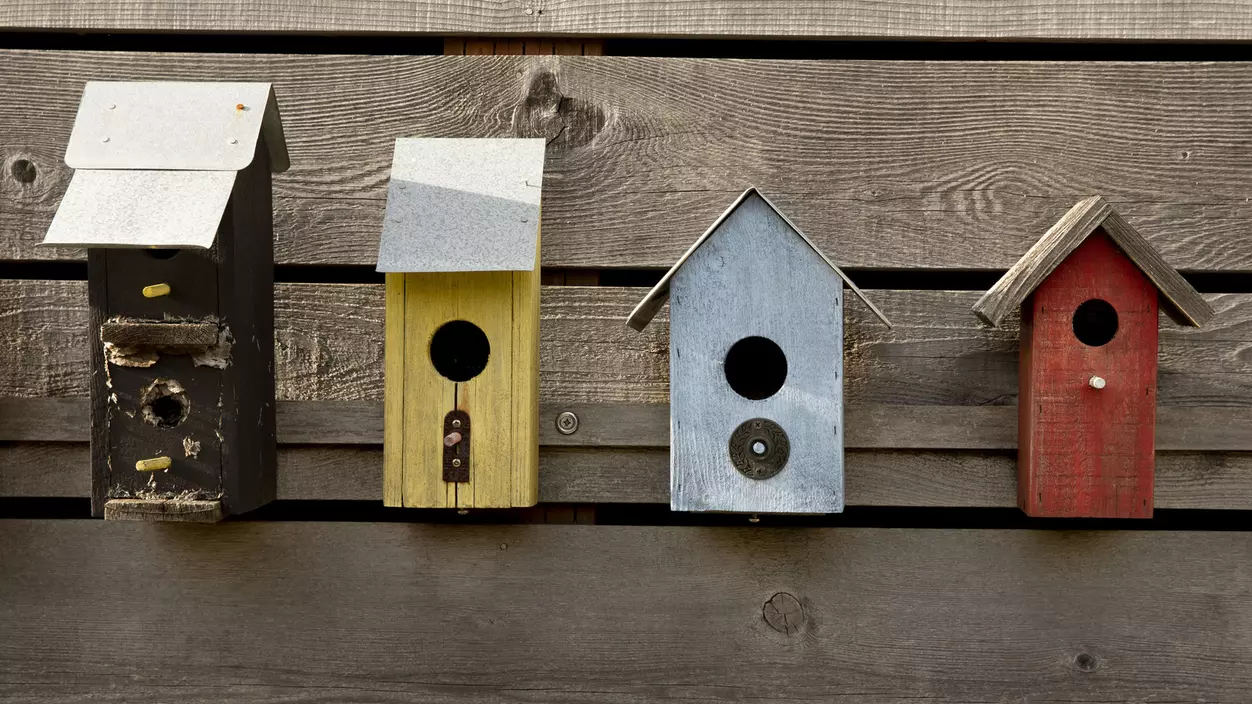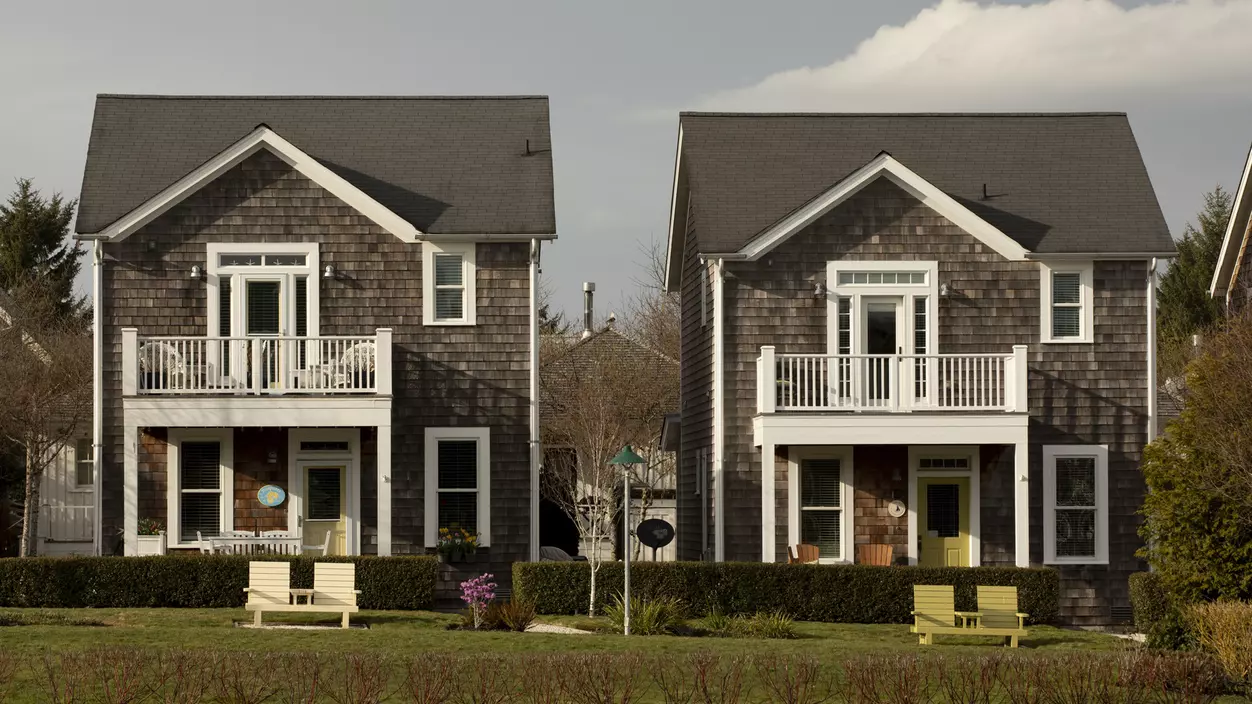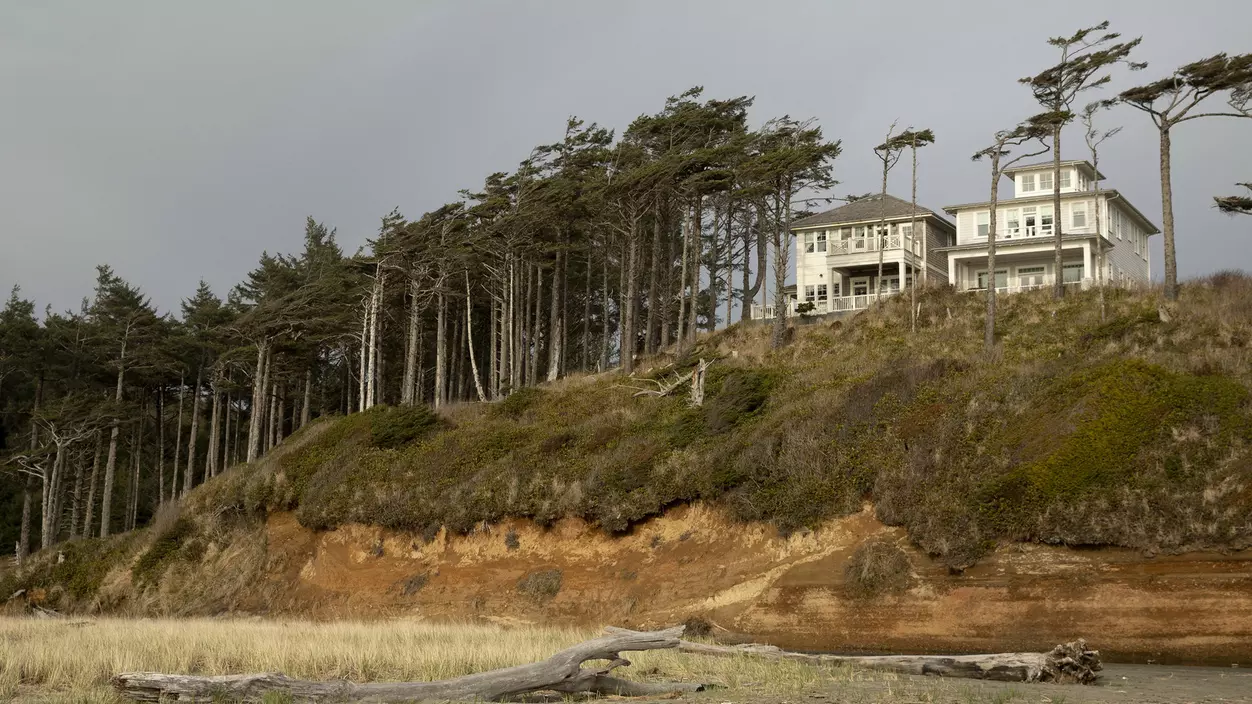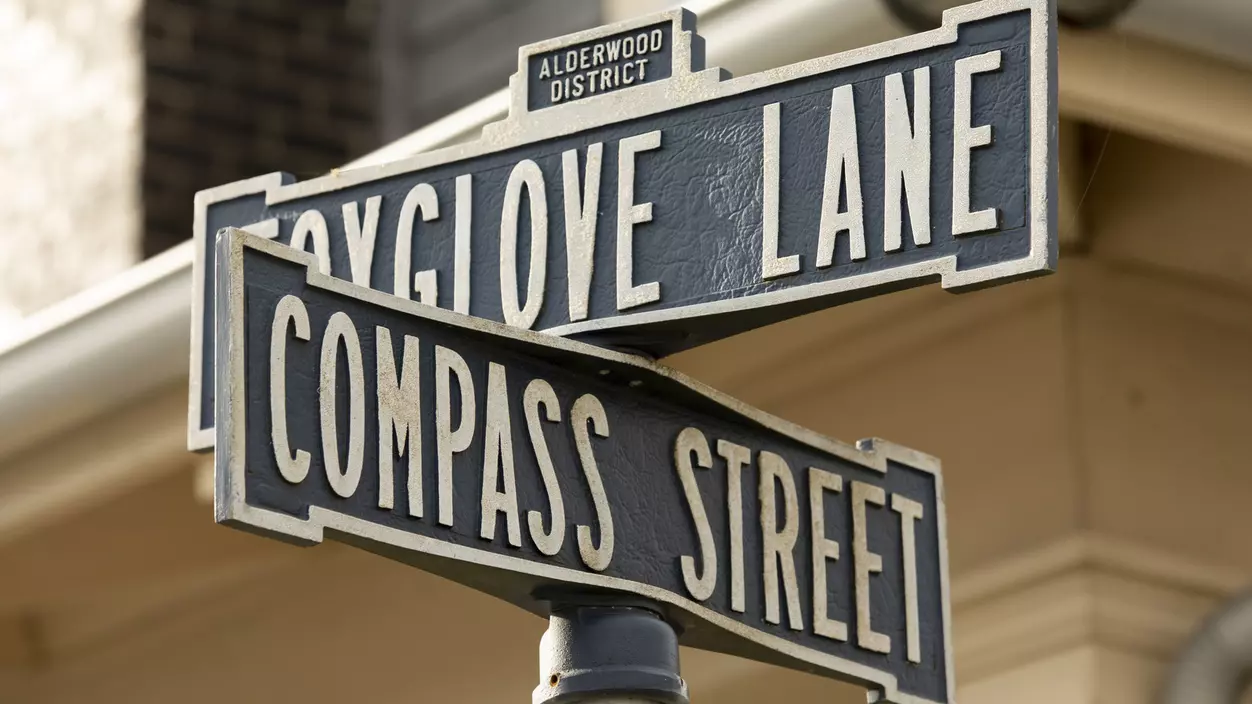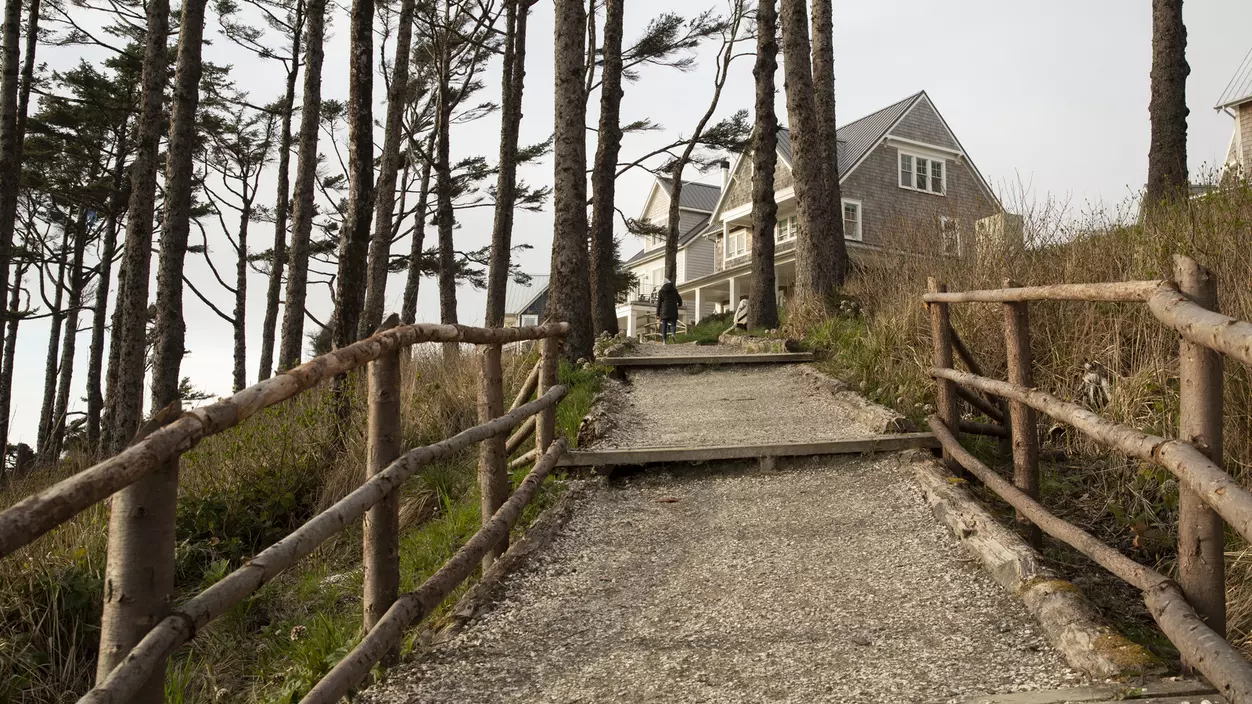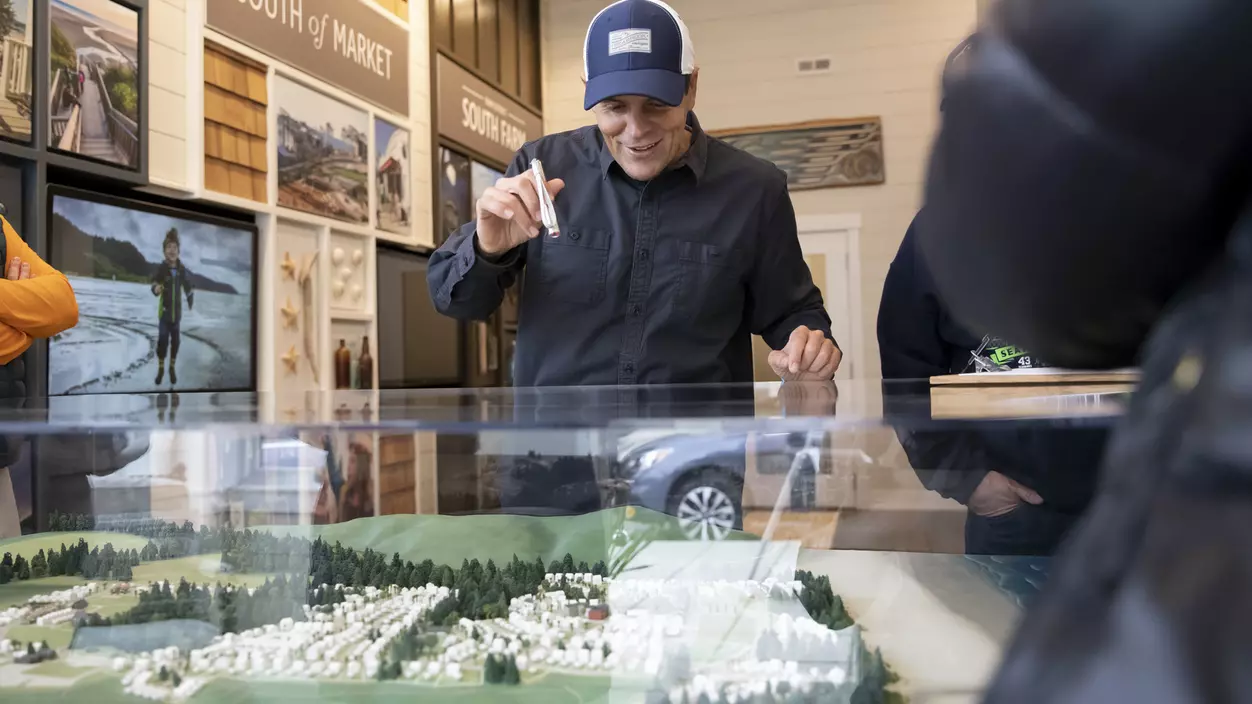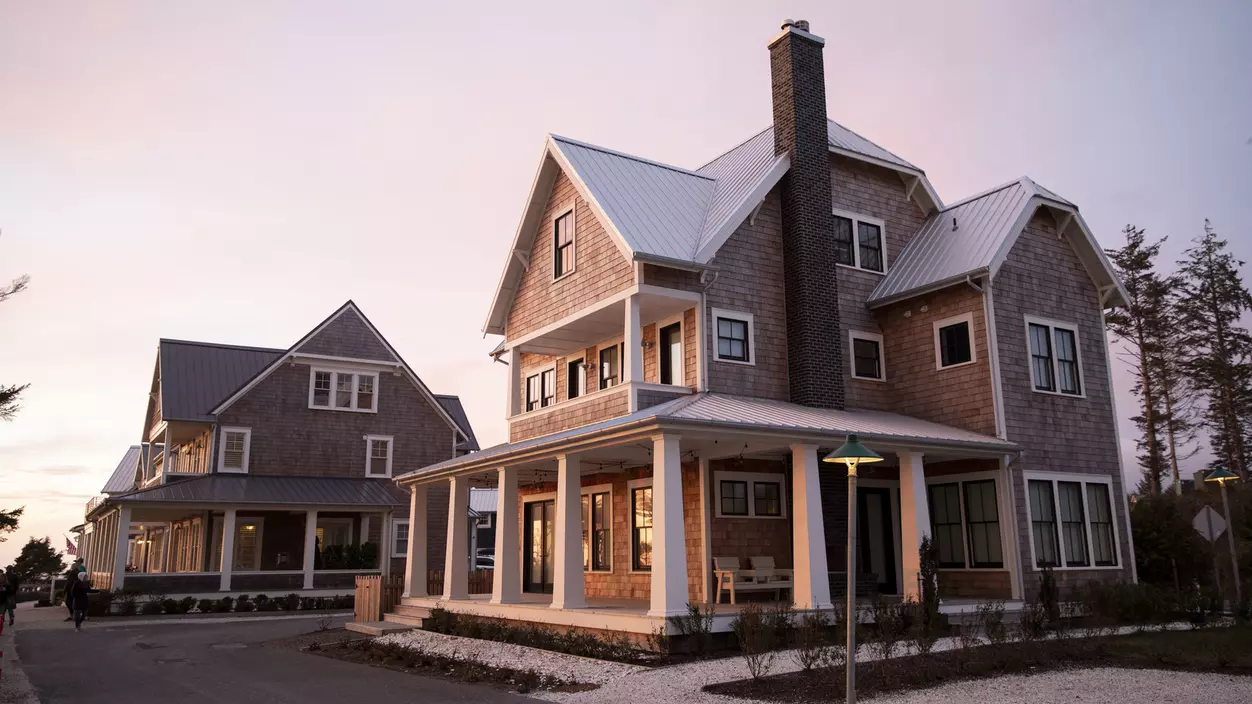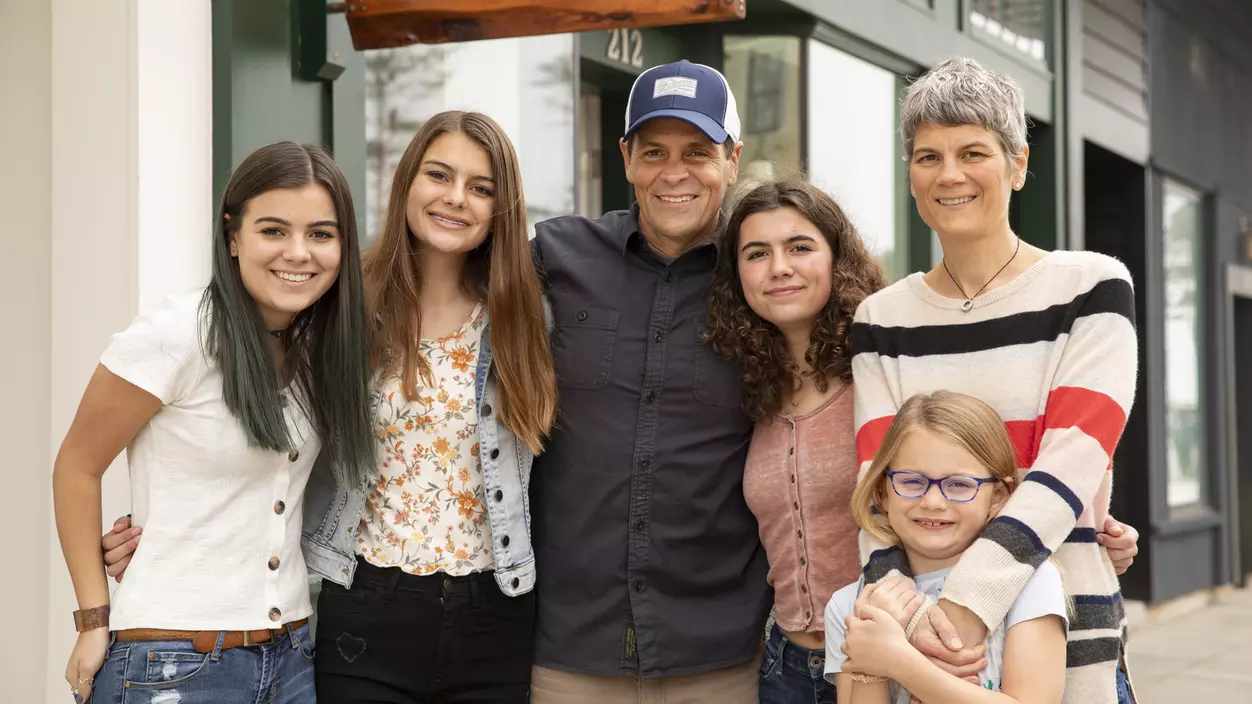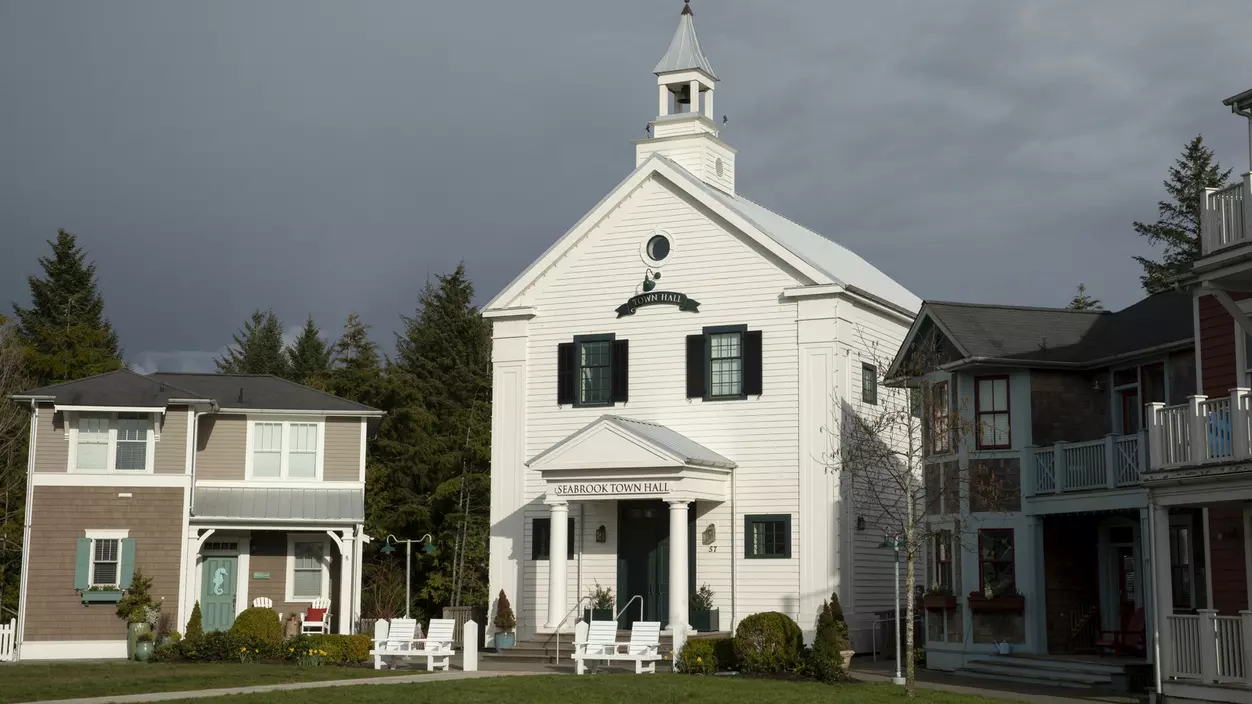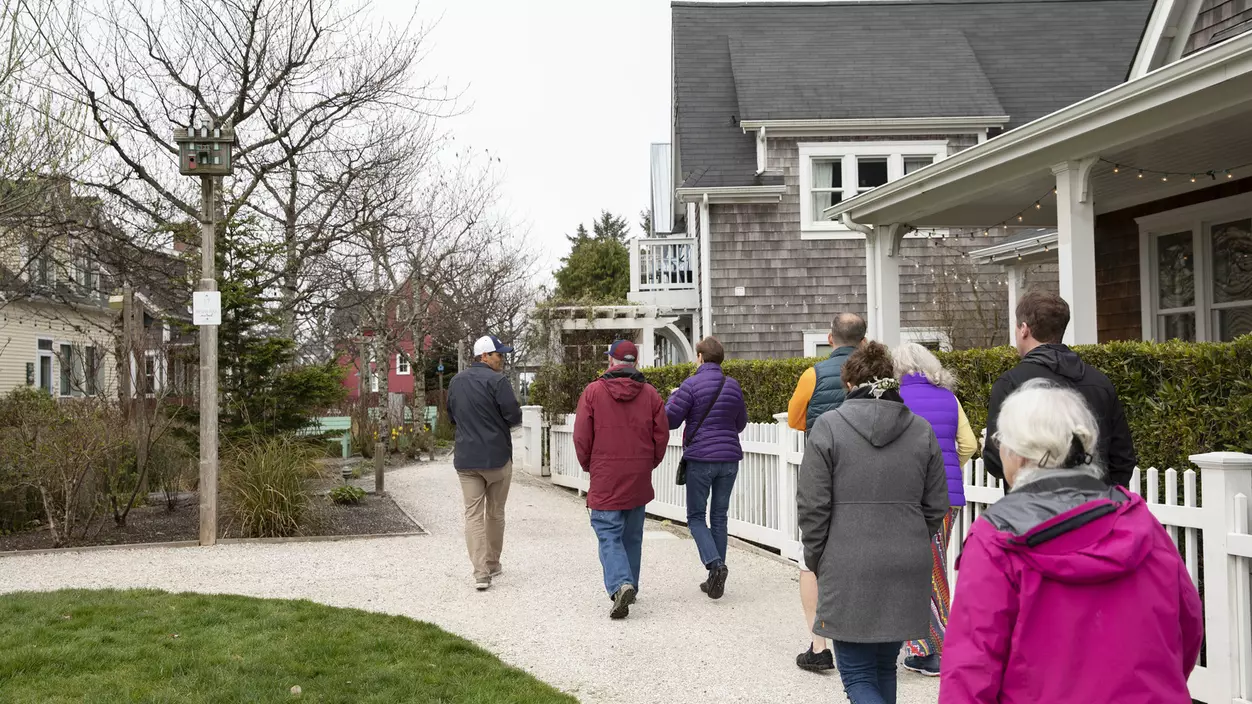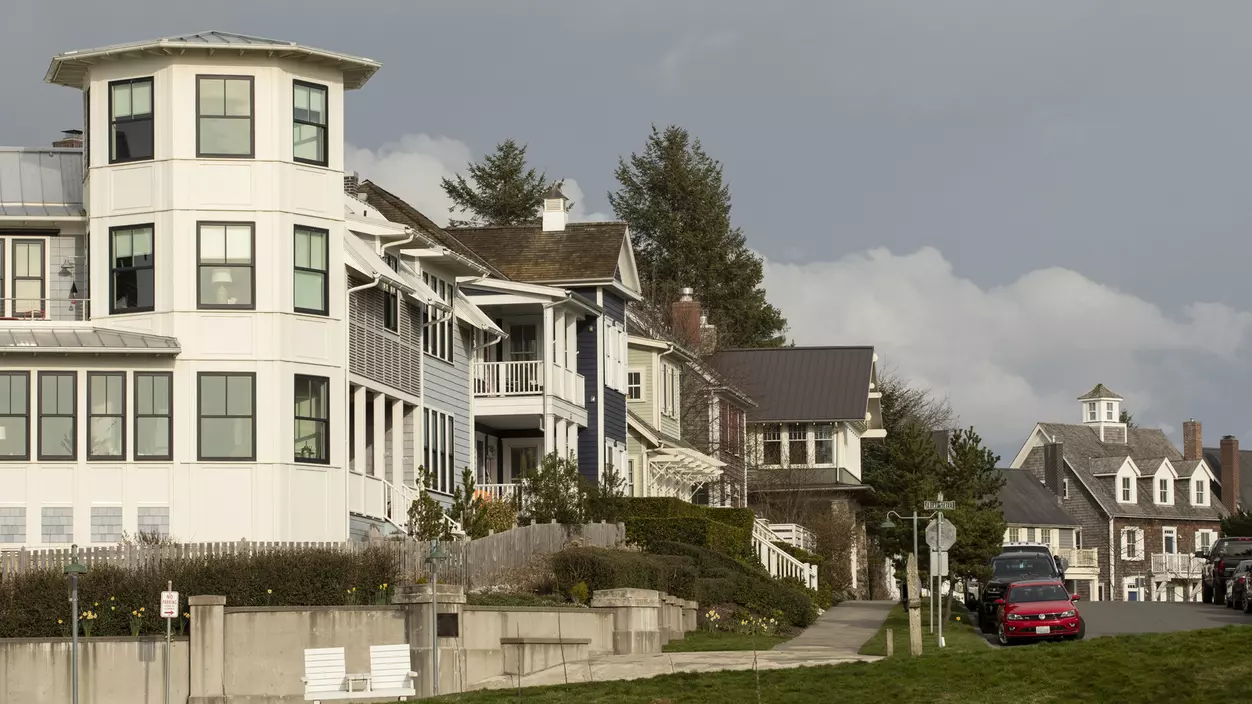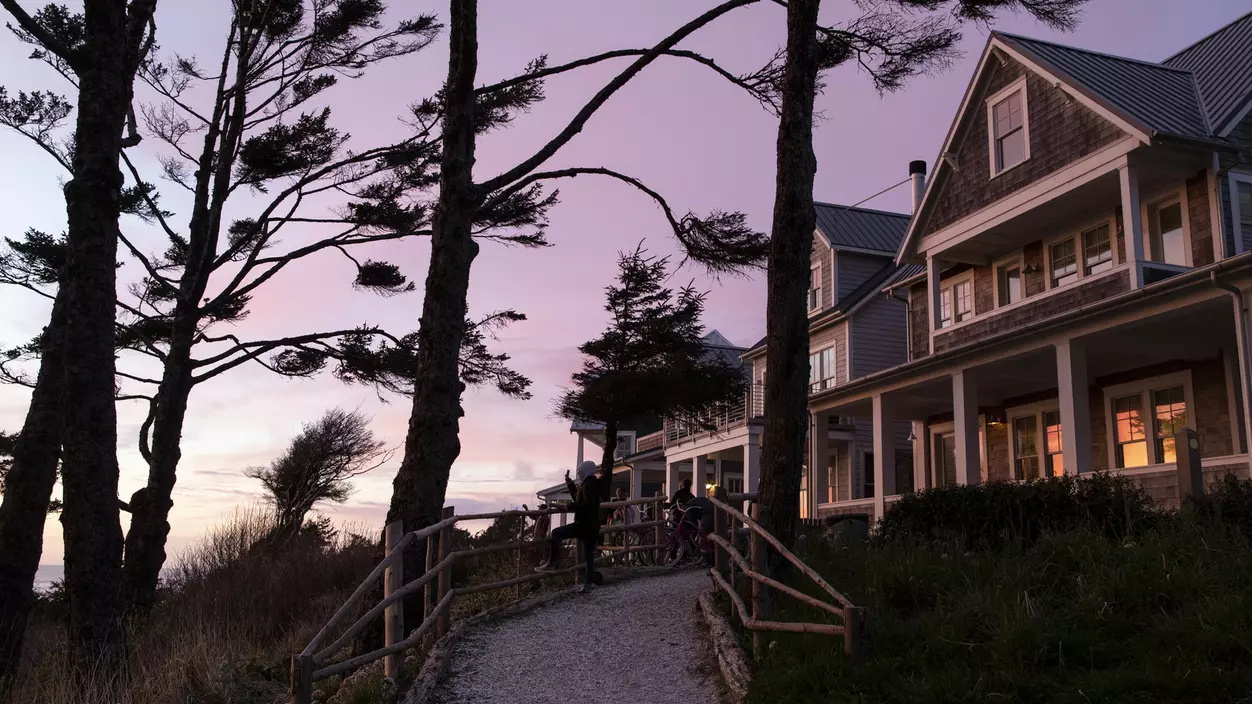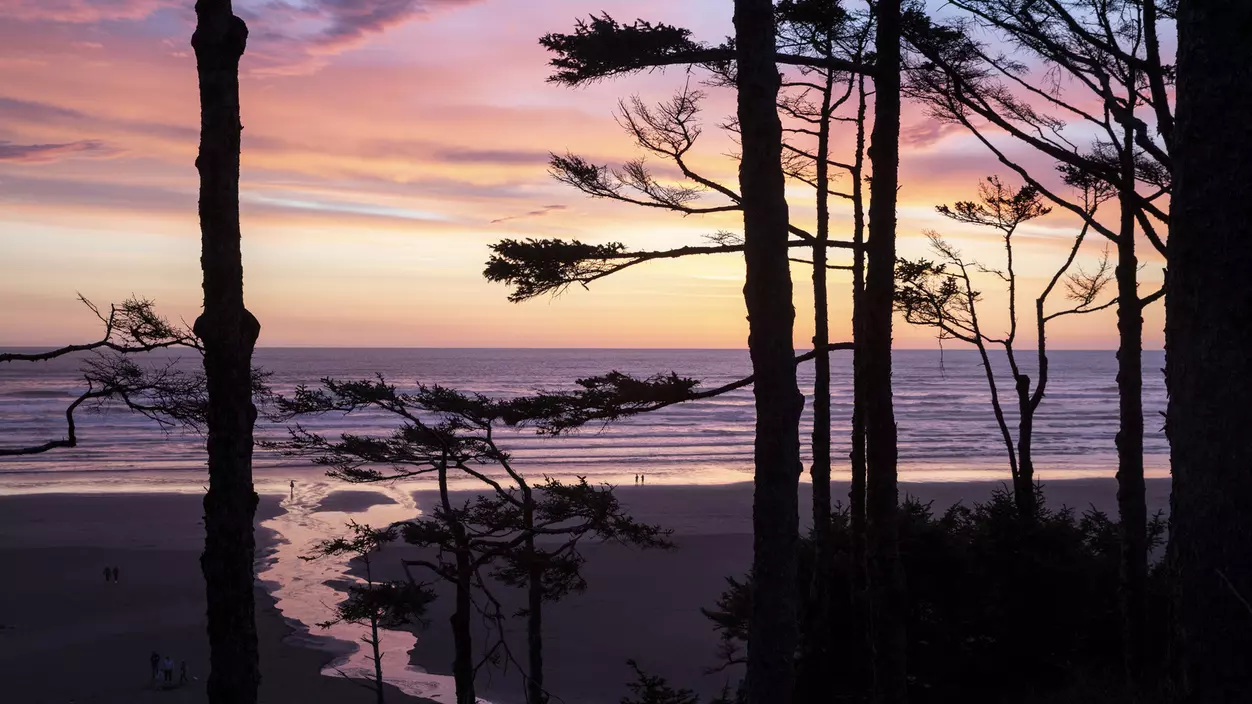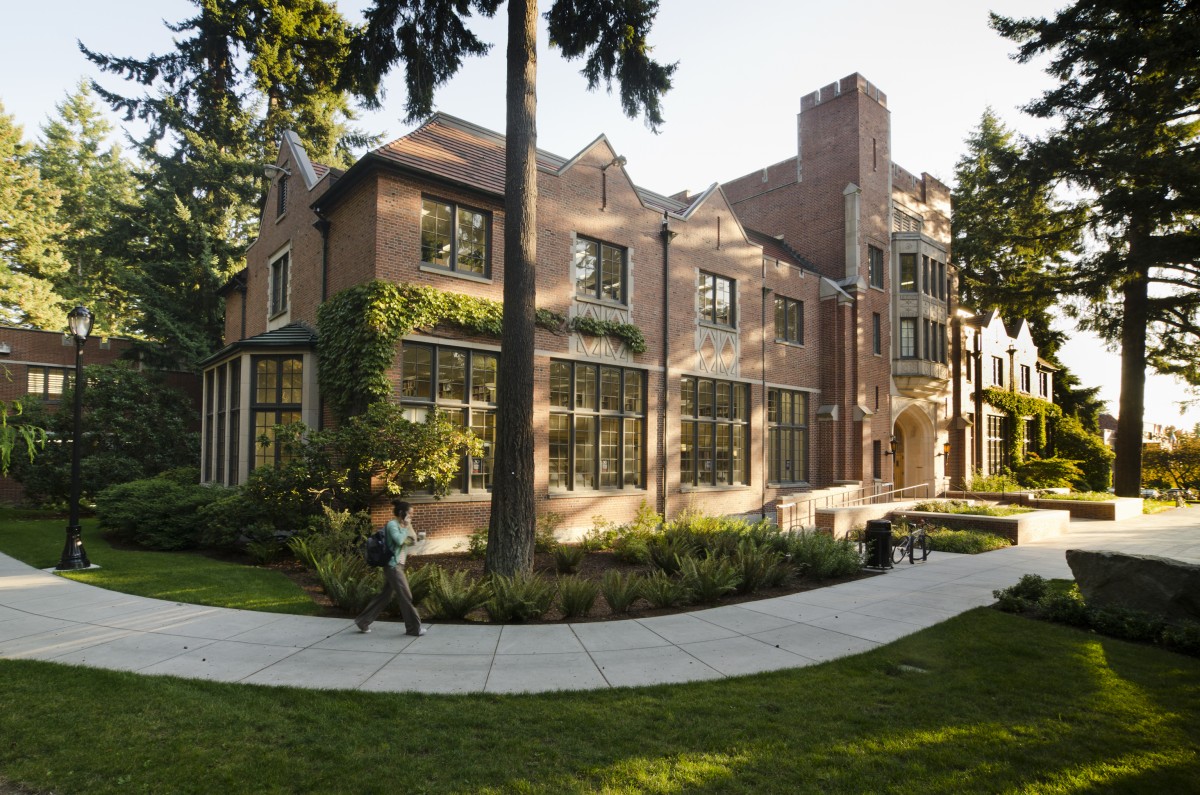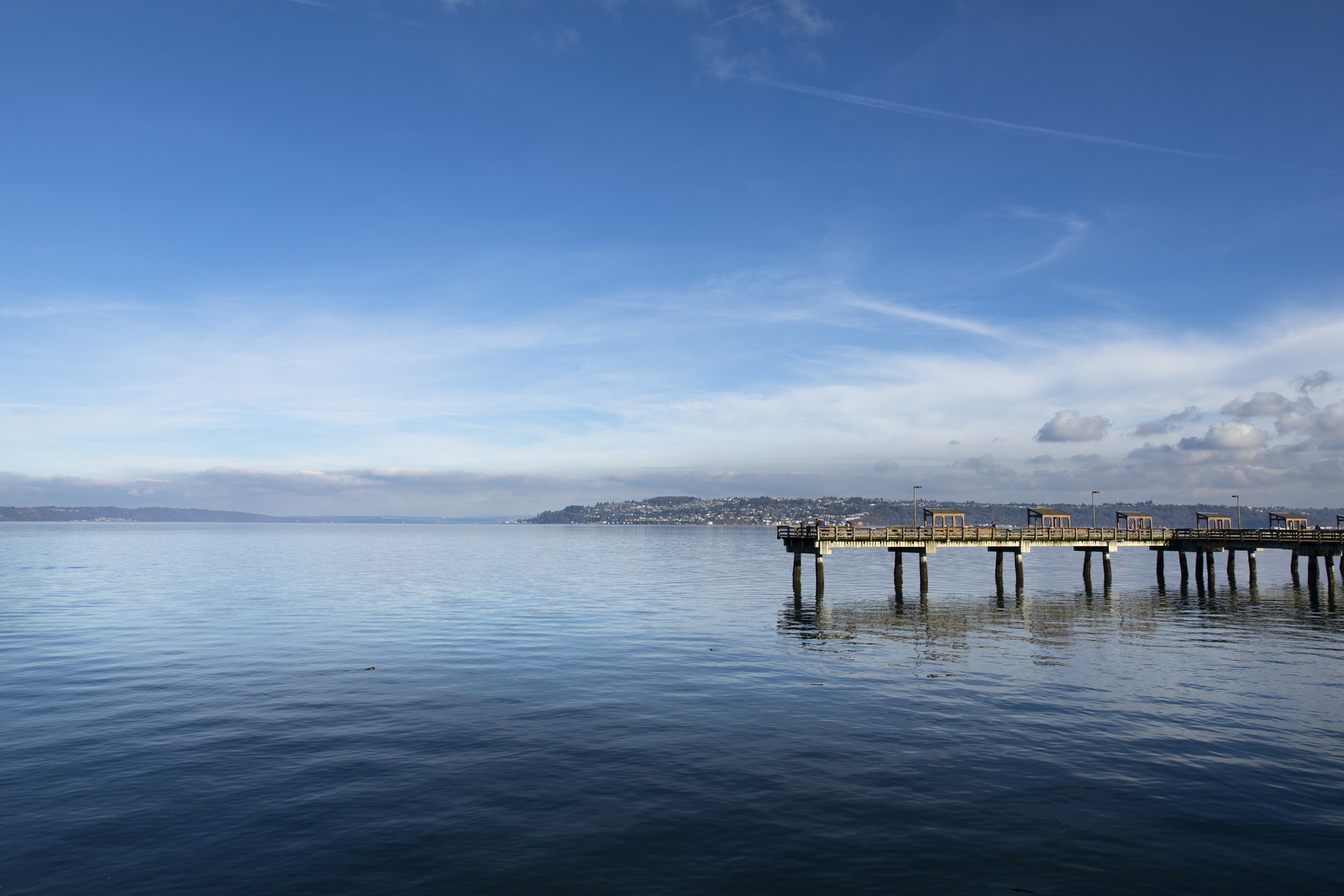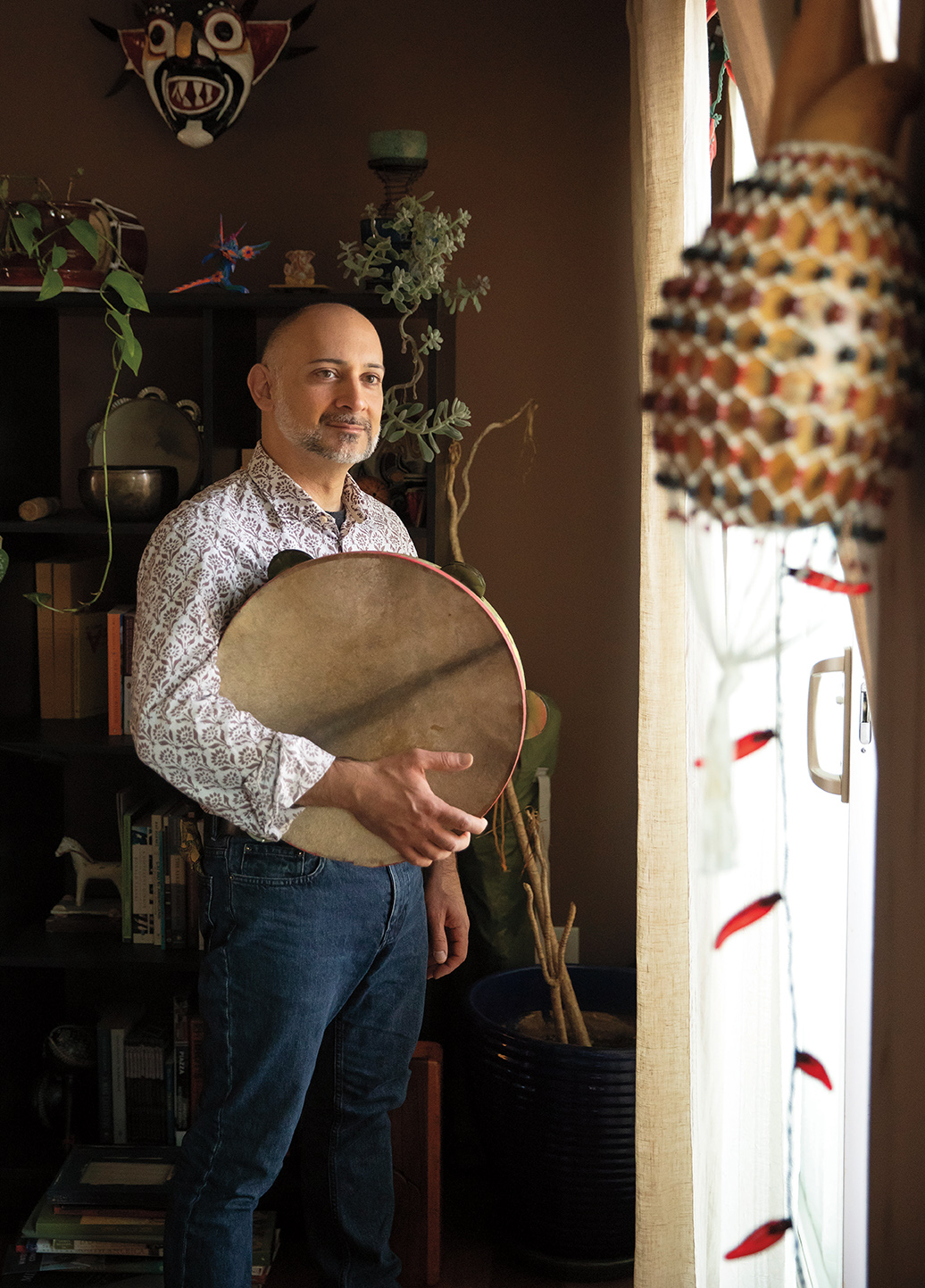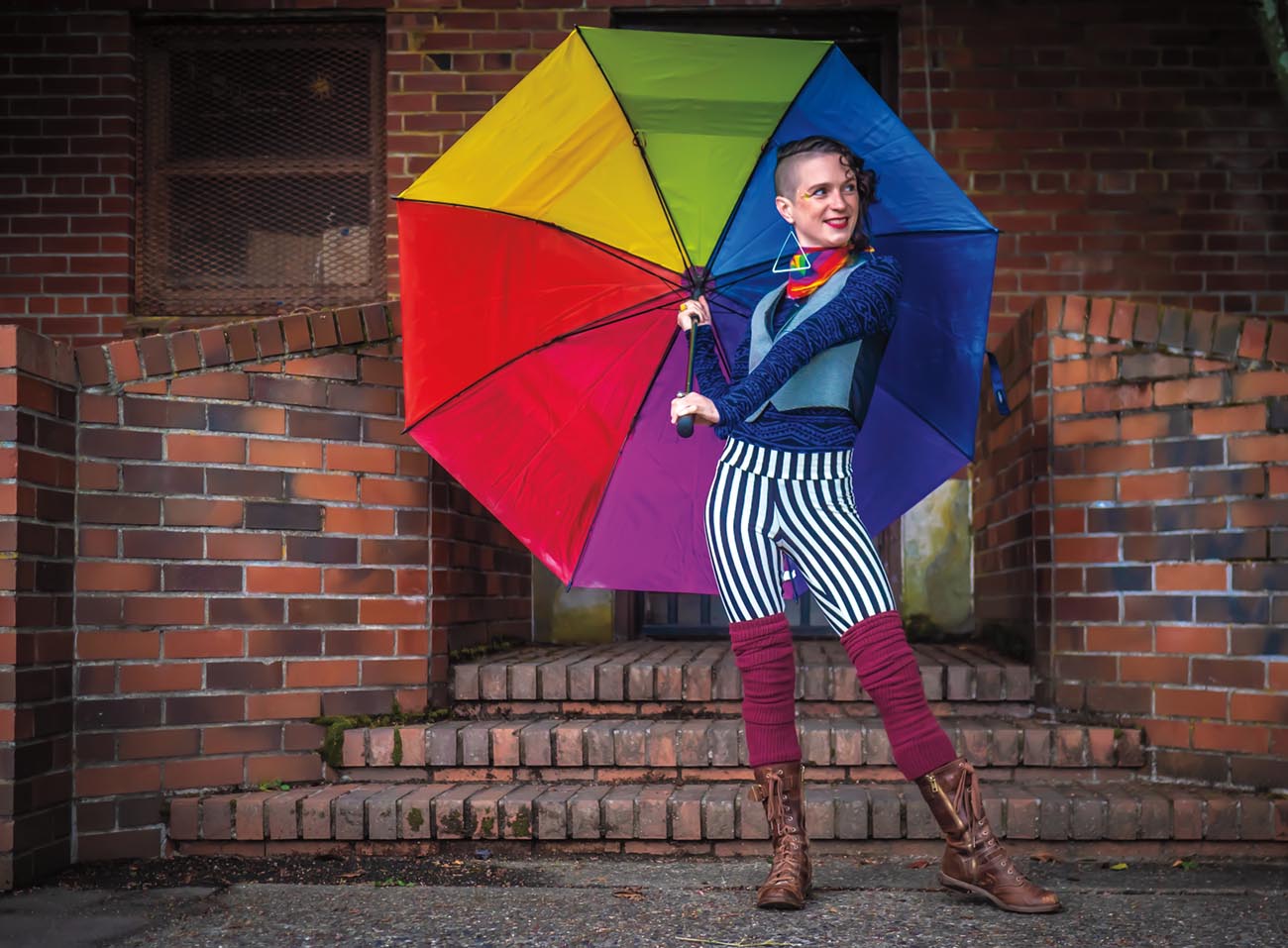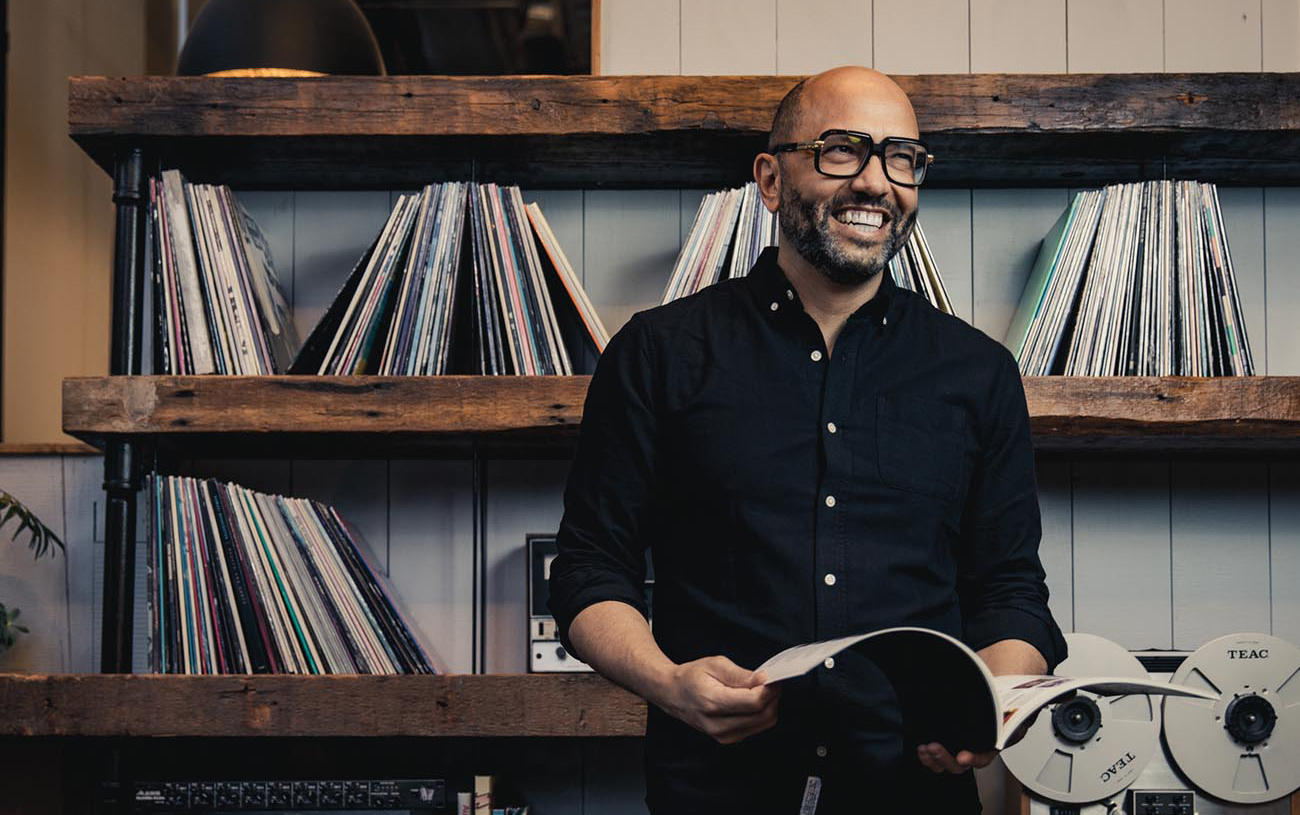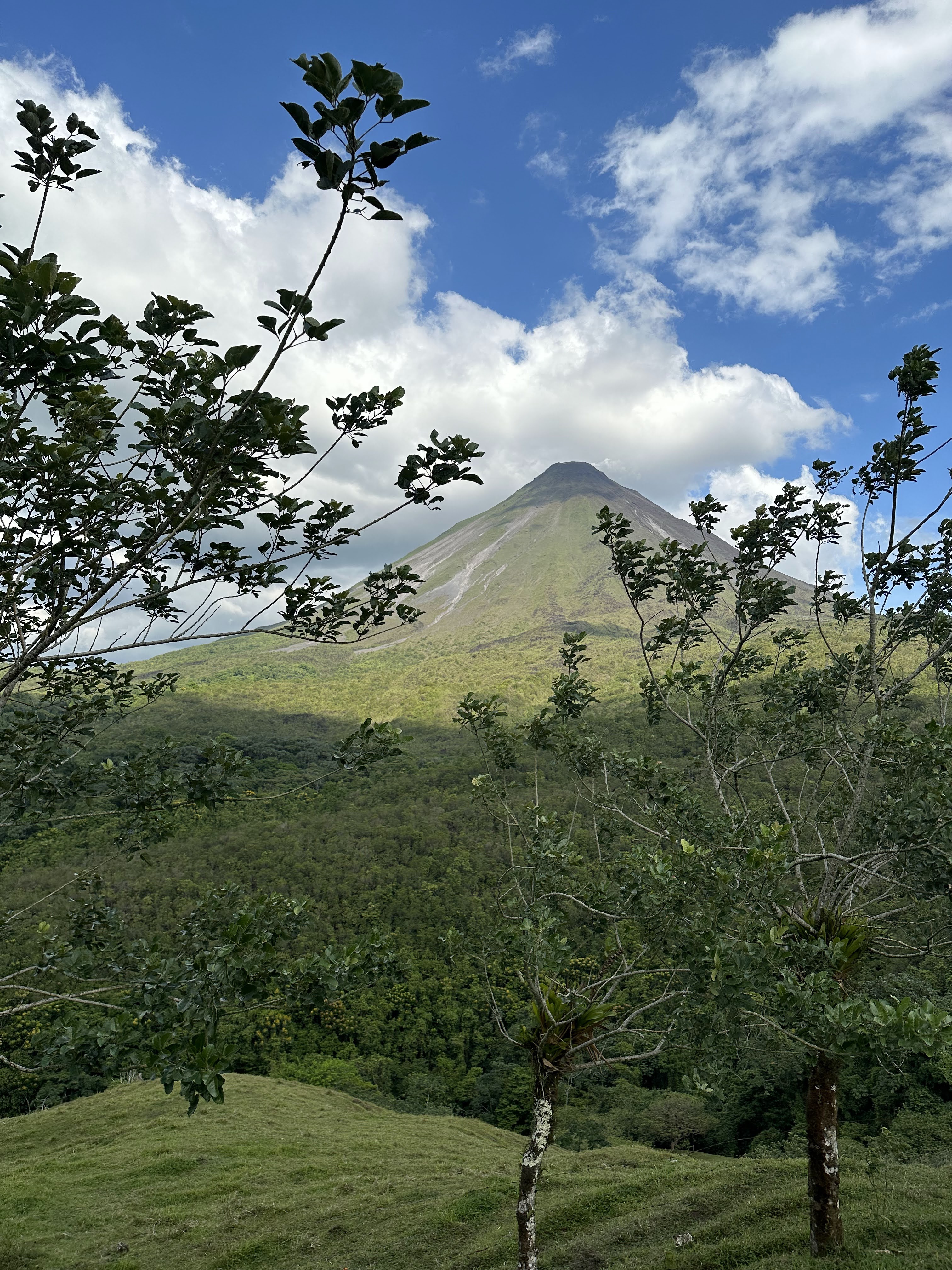Casey Roloff ’95 imagined the town of his dreams on the Washington coast. He spent the next 17 years bringing it to life.
Casey Roloff ’95 had just started to gain recognition for building custom homes on the Oregon coast when he decided, in 2002, to build an entire town from scratch. He had recently become interested in the ideas of New Urbanism, which emphasizes pedestrian-scaled urban design as the antithesis to suburban sprawl. The basic concept is that design, density, and a nostalgic idea of small-town living can positively shape people’s private and social lives. The most famous town in the genre is Seaside, Fla., which operates as both a year-round community and a vacation destination. Casey felt there was demand for such a town in the Pacific Northwest, and despite not being an urban planner or architect, he knew he was the person to build it.
The quaint coastal town of Seabrook, Wash., started with 34 acres of virgin land—“a blank canvas,” Casey likes to say—to which he and his wife, Laura Roloff ’97, quickly added a dozen properties. The focal point is a gorgeous mile of wide, sandy beach reached by descending a long wooden staircase, framed by iconic lodgepole pines that look eternally windblown. In the past 17 years, the Roloffs have built and sold more than 400 houses of various architectural styles and sizes with picket fences, roomy front porches, and shared green spaces in between. The retail shops on Main Street and the final phase of houses will be complete within three to five years. As CEO of Seabrook Land Company, Casey calls himself a “true entrepreneur,” and he’s energized by the business side of the project, but building a whole town requires a dreamer at the helm. “It wasn’t about selling houses,” he says. “It was about building the kind of community where we wanted to live.”
